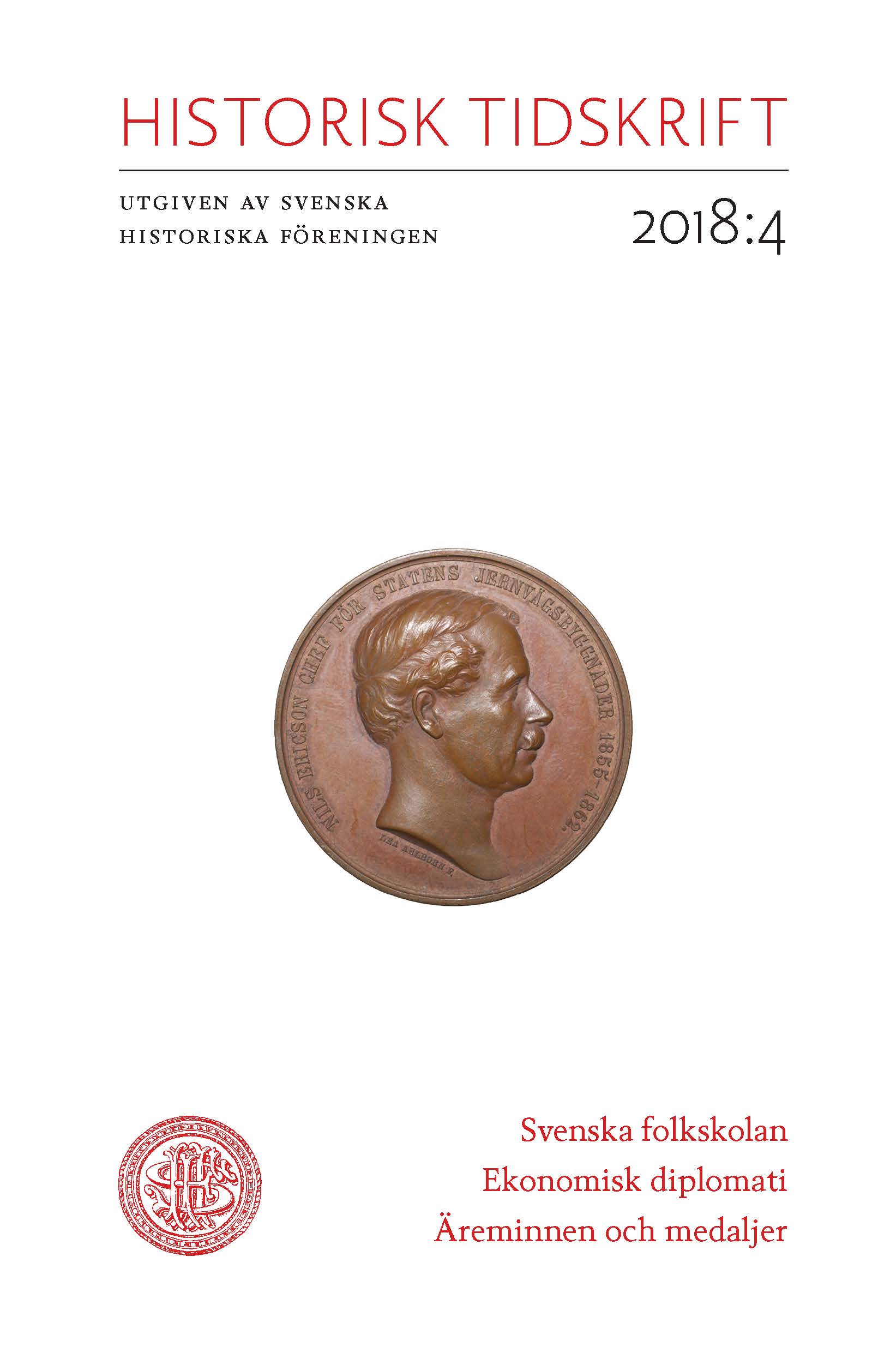Abstract
From in-kind to monetary payments? The funding of the Swedish primary school system 1840–1900
Although the history of school finance is fundamental to the history of schooling, the topic has suffered from relative neglect. This article presents an analysis of how the funding of the expansion of the Swedish school system changed during the second half of the nineteenth century and why this change occurred. Using the framework of the social history of salaries, it shows that the educational revolution entailed by the expansion of schooling was accompanied by an equally fundamental shift in school finance. From a large degree of in-kind resource mobilization in the form of grain, hay, firewood, etc., school funding became monetarized. Instead of relying on in-kind taxes, or the services of parishioners, the education system became mainly dependent on money.
The reasons for this development were many and varied. At the national political level, teachers’ in-kind salaries were abolished following a debate that noted the changing salary terms in other sectors of society, the conflicts that in-kind salaries created at the local level, land reform, and the problems related to the quality of in-kind salaries. At the local school district level, these quality issues were raised, too, but the problems with collecting inkind taxes and the problems created by changing tax regulations were also noticed.
In addition to contributing to our knowledge of the history of school finance, this investigation also has implications for our understanding of the rise of mass schooling. Instead of being a part of grand narratives of social conflict, state formation or industrialization, from the vantage point of school funding, the history of schooling becomes part of the history of salaries, prices, and taxes. In the decentralized school system of a primarily rural Sweden, this also means that schools must be understood in local and rural contexts.

